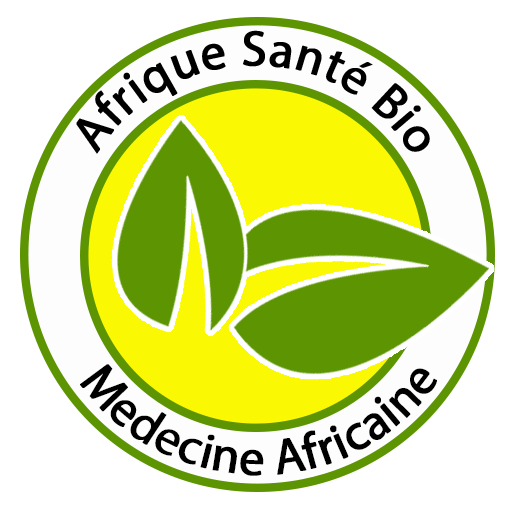Euphorbia hirta
Fagara xanthoxyloides (sickle cell disease, pain, anemia, etc.)
African names -
Wolof: Guene gui deg,
- Bambara: houo, WO, Gozo ngua - Peuhl: Barkeley, Bulabarkele - Hausa: Fasahuari - Toucouleur:, Dori -Goun and Fon: Hètin Use Fagara root is widely used as a toothbrush. It has a pungent flavor that is much appreciated and used to soothe dental pain and infections.
The barks and roots are good for treating sickle cell anemia and infections caused by staphylococci and streptococci. This plant relieves cases of anemia and rheumatism.
DESCRIPTION OF THE PLANT
Small tree 6 to 7 meters high, with many hooked thorns on the branches. The leaves are compound odd-pinnate. The flowers are fragrant white. Fagara should not be confused with May tenus senegalensis which has a similar appearance and which also bears thorns but where the leaves are simple; these two plants are designated by very similar vernacular names.
Jobs --Anti-sickle cell Macerate the plant for 24 hours (100 grams of roots in 100 ml of water) and drink three times a day 5 ml of the solution or take one gram three times a day of root powder.
You can also grind the bark into a powder and use the powder as a food supplement. --Anemia and ovulation problems. Take the root powder + fagara bark + securidaca roots. NB: The center has the powder for direct use.
Last edited: 22/09/2022
Add a comment
